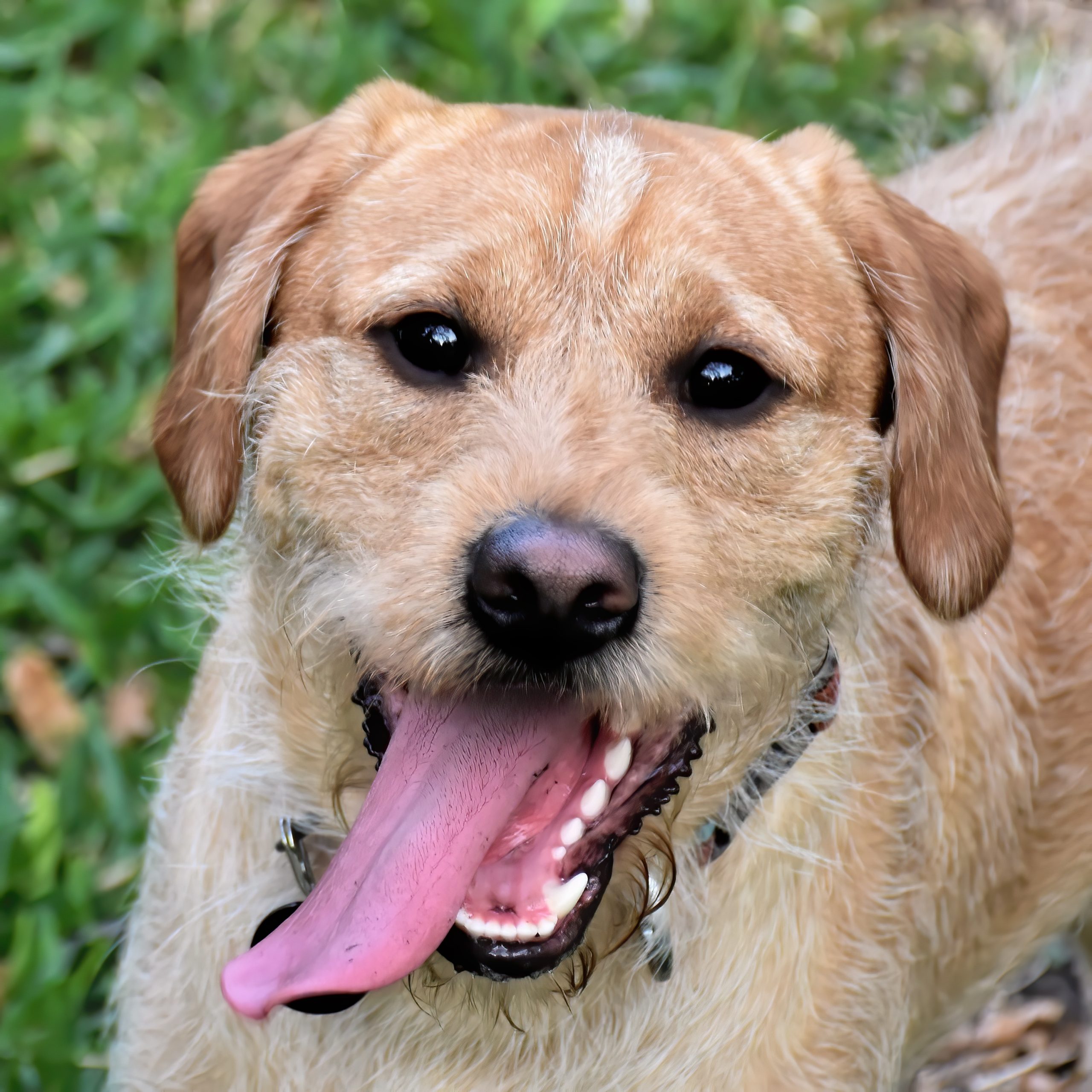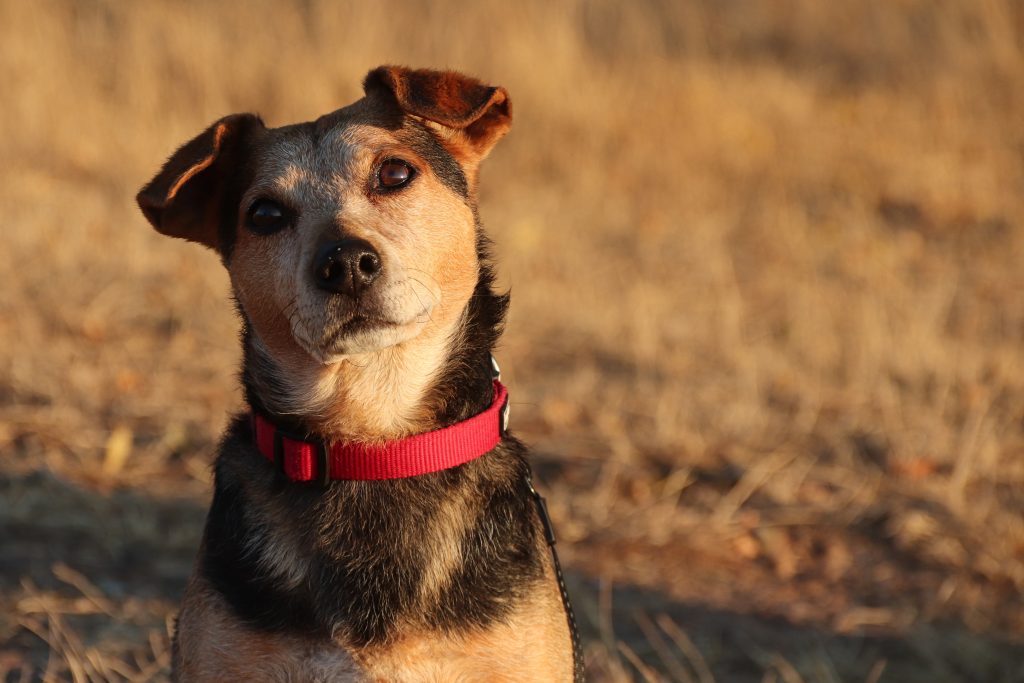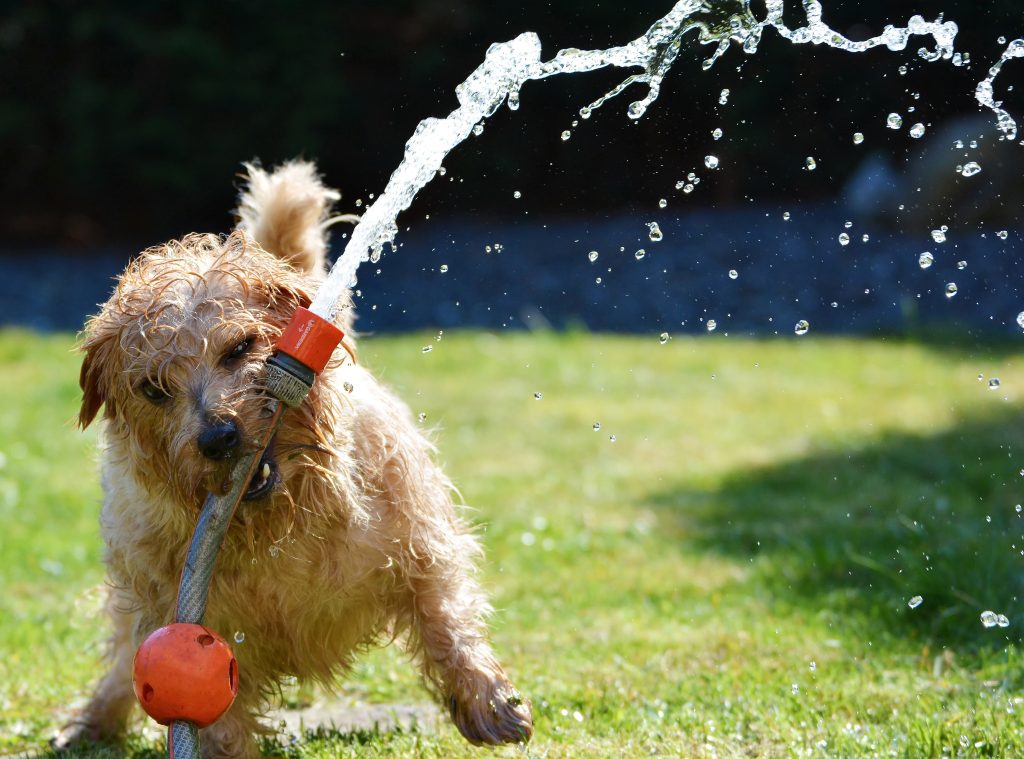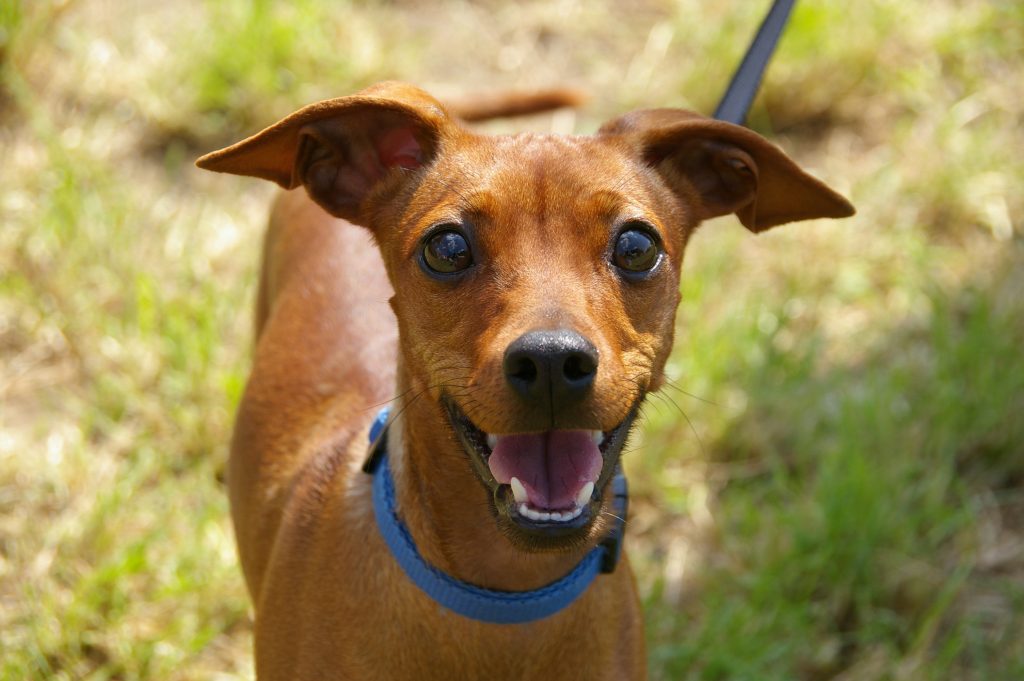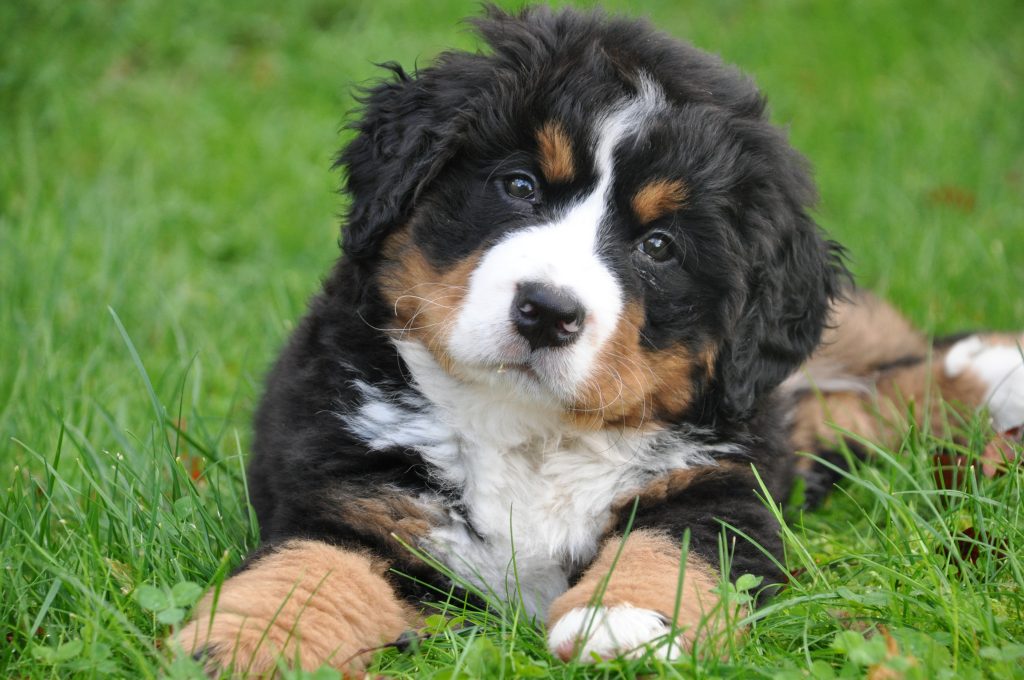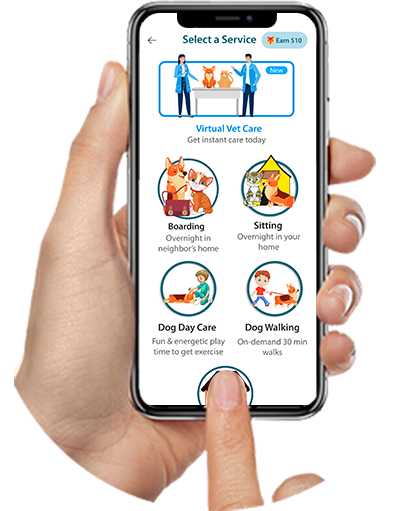Torn ligaments in dogs, particularly the cranial cruciate ligament can cause significant discomfort and mobility issues. The signs and symptoms of a torn ligament can vary depending on the severity of the injury and may develop suddenly or gradually over time. Common indicators include lameness or limping, which may be more visible after exercise or when rising from rest. Dogs with torn ligaments often exhibit reluctance to put weight on the affected leg, leading to a hopping motion. Parents may notice their dog holding up the injured leg while standing or sitting abnormally to avoid putting pressure on it. In partial tears, the lameness might improve with rest but worsen again with activity. Dogs may also show signs of pain, such as whimpering or yelping when the injured area is touched or when attempting to move. In some cases, there may be visible swelling around the knee joint. Behavioral changes, such as decreased activity levels, reluctance to play or go for walks, and difficulty with actions like jumping or climbing stairs, can also indicate a ligament injury.
What can cause torn ligaments in dogs?
Torn ligaments in dogs can result from various factors, with both acute injuries and chronic conditions contributing to the problem. One of the most common causes is sudden trauma, such as a misstep while running or playing, landing awkwardly after a jump, or twisting the leg unexpectedly. However, in many cases, ligament tears, ruptures, are the result of gradual degeneration over time. Factors that can contribute to this degeneration include obesity, which puts extra stress on the joints, and age-related wear and tear. Certain breeds, particularly large and giant breeds like Rottweilers, Newfoundlands, and Akitas, are more predisposed to ligament injuries due to their size and conformation. Smaller breeds with straight rear legs, such as Toy Poodles and Bichon Frises, are also at higher risk. Hormonal imbalances can weaken ligaments and increase the risk of tears. Poor physical condition and lack of regular exercise can lead to weak supporting muscles, putting more strain on the ligaments. Repetitive stress from high-impact activities or sports can also contribute to ligament damage over time. Understanding these causes is crucial for both prevention and appropriate treatment of ligament injuries in dogs.
Preventive Measures for Torn Ligaments
While not all ligament injuries can be prevented, there are several measures that can help reduce the risk of torn ligaments in dogs. Maintaining a healthy weight is important, as excess weight puts additional stress on the joints and ligaments. A balanced diet and regular exercise are key to weight management. Providing appropriate exercise that builds muscle strength and improves joint stability can help support the ligaments. This should include a mix of low-impact activities like swimming and controlled leash walks, especially for at-risk breeds. Avoid high-impact activities or sudden, intense bursts of exercise. Regular check-ups with a veterinarian can help catch early signs of joint problems or other conditions that might predispose a dog to ligament injuries.Ensuring good footing in the home environment by using non-slip mats on slippery floors can prevent accidents that might lead to ligament injuries.Educating oneself about the signs of early joint problems and being proactive in addressing them can also play a crucial role in prevention.
Conclusion
Torn ligaments are a common and serious orthopedic problem in dogs that can significantly impact their quality of life. Recognizing the signs and symptoms early is crucial for prompt intervention and better outcomes. While some factors contributing to ligament injuries are beyond an owner’s control, understanding the causes can help in implementing preventive measures. Treatment options have advanced significantly, offering various surgical and non-surgical approaches tailored to each dog’s needs. However, the recovery process often requires patience, dedication, and a strong partnership between the pet owner and veterinary professionals. Preventive measures, focusing on maintaining overall health, appropriate exercise, and weight management, play a vital role in reducing the risk of ligament injuries. As with many health issues in pets, a proactive approach combining regular veterinary care, a healthy lifestyle, and owner awareness is the best strategy for keeping dogs active, mobile, and pain-free throughout their lives. By staying informed and attentive to their pet’s needs, owners can help ensure their dogs enjoy a high quality of life, free from the debilitating effects of ligament injuries.



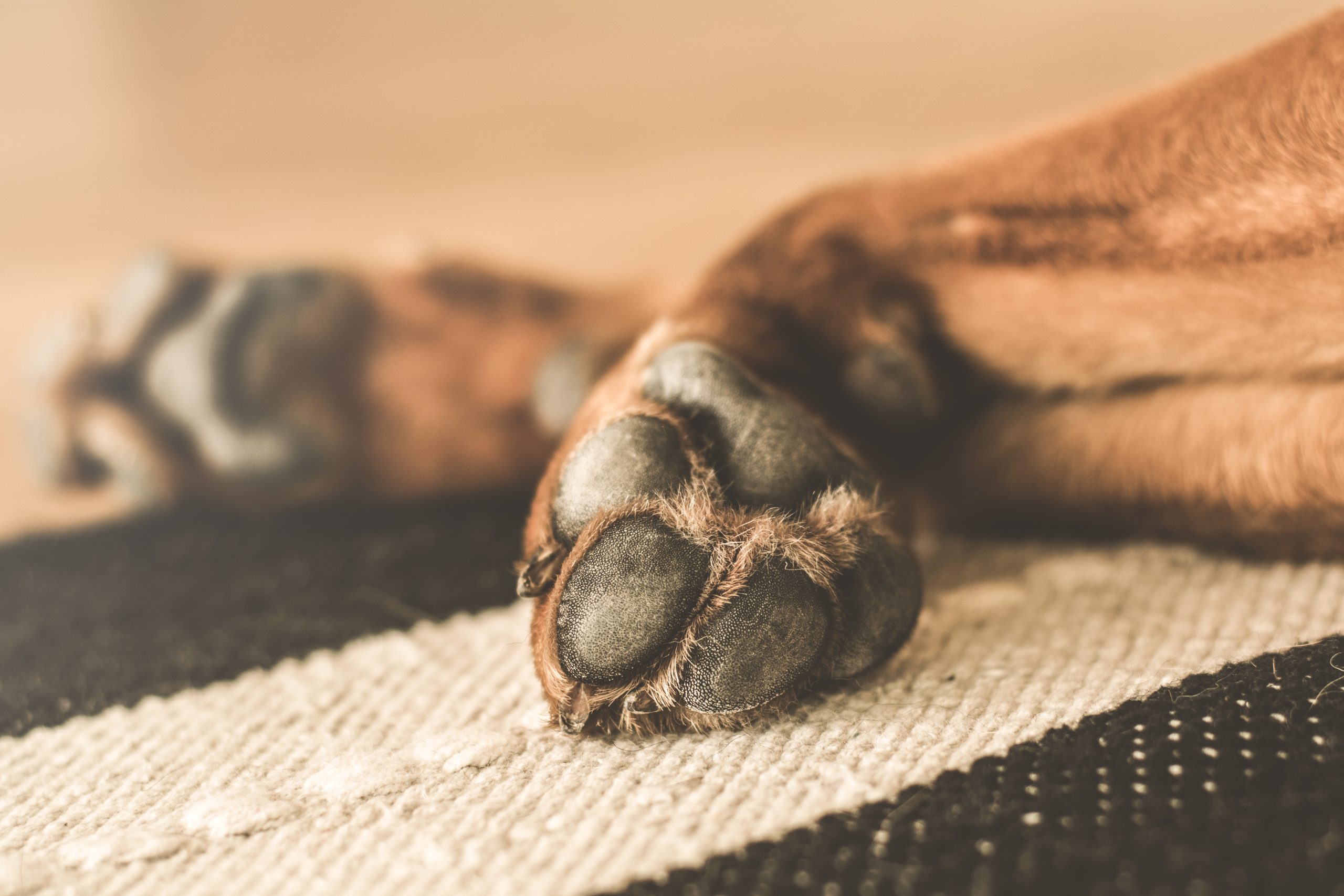
 On demand visits for urgent issues 24/7
On demand visits for urgent issues 24/7 